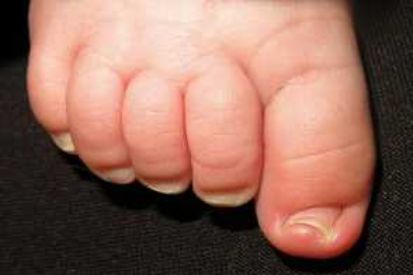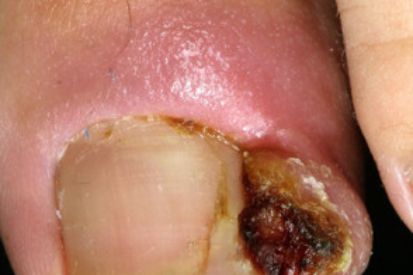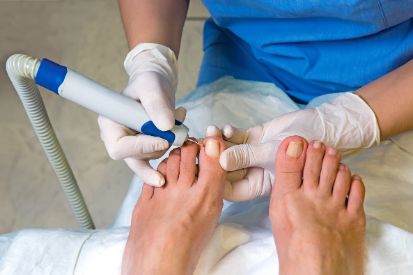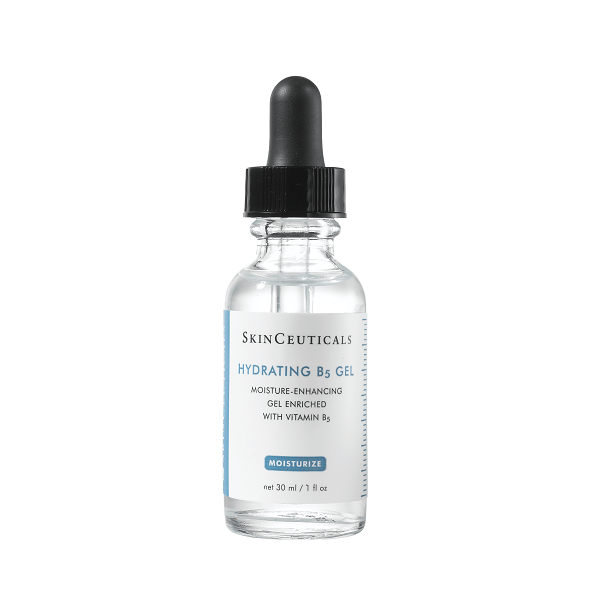Ingrown Toenails
Ingrown nails are distinguished by pain along the side or sides of the affected nail. This pain increases with the continued wearing of ill-fitting shoes. Often, the pain is so intense that even the slightest pressure can cause extreme discomfort.
When infections signs occur, it's time to consult one of our trusted dermatology providers.
Examples of Ingrown toenail




Symptoms of Ingrown Toenails?
- Infection signs such as redness, swelling, and the discharge of pus.
- Pain along the side or sides of the affected nail.
Causes of Ingrown Toenails
- Improper footwear, specifically, cramped shoes with insufficient room in the toes for proper nail growth.
- Poor nail cutting skills or trauma to the toe which injures the flesh and causes irregular nail growth.
How to Prevent Ingrown Toenails
- Proper Shoes: Wear well-fitting shoes with enough room for toes to prevent constriction.
- Nail Maintenance: Trim toenails straight across and avoid rounding the edges to discourage ingrowth. Be cautious while cutting nails, avoiding overly short trimming.
- Good Hygiene: Keep feet clean and dry, practicing good hygiene.
- Fabric Choice: Choose breathable socks and shoes to promote a healthy foot environment.
- Seek Professional Care: If an ingrown toenail is suspected, visit one of our providers promptly to prevent complications.
Ingrown Toenail FAQs
Ingrown toenails can be treated by soaking the foot in warm water, gently lifting the edge of the nail, and applying antibiotic ointment. In severe cases, you may need to visit a dermatologist for surgical removal.
You should see a dermatologist if you have severe pain, signs of infection (such as pus or redness spreading), or if home treatments are not effective.
It is not recommended to cut out an ingrown toenail yourself, as this can lead to infection or make the problem worse. It's best to see a dermatology professional for proper treatment.
Yes, ingrown toenails can be prevented by wearing properly fitting shoes, trimming nails straight across, avoiding cutting nails too short, and practicing good foot hygiene.
Learn about Nail Care
How to Treat Ingrown Toenails
It is always best to follow up with a visit to one of our trusted providers to assess the nail. If necessary, your dermatologist will perform a complete removal of the affected nail.
Featured Products

iS Clinical Extreme Protect SPF 40
Extreme Protect SPF 40 is a multilevel environmentally protective treatment formula featuring our proprietary Extremozyme® technology combined with scientifically advanced all-physical sunscreen actives; transparent micronized Zinc Oxide and transparent micronized Titanium Dioxide. This antioxidant-rich state-of-the-art broad spectrum UVA/UVB sunscreen helps support optimal skin health as it moisturizes and protects. 100 g e Net wt. 3.5 oz.

SkinCeuticals Hydrating B5 Gel
A highly effective daily serum, Hydrating B₅ contains hyaluronic acid, a naturally occurring component of the skin responsible for maintaining moisture levels, to deliver weightless hydration. Enhanced with vitamin B₅ to promote the skin’s natural repair process, this nutrient-rich gel is ideal for all skin types, and can be used alone for lightweight hydration or with a moisturizer to maximize benefits for drier skin. 1 fl oz / 30 mL
